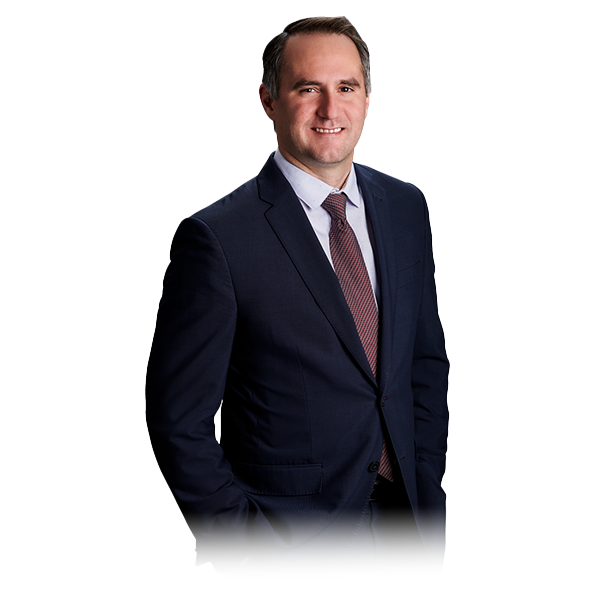On August 23, 2016, Ontario Superior Court judge, Madam Justice Gilmore, granted summary judgment in favour of State Farm in Saroja Elayathamby v. State Farm Mutual Automobile Insurance Company to dismiss an action brought by the Plaintiff for a declaration of continued accident benefits and approval of a denied treatment plan.
State Farm’s summary judgment motion sought to dismiss the Plaintiff’s claim for declaratory relief on the basis that there was no genuine issue for trial as the Plaintiff was statutorily entitled to medical rehabilitation benefits until February 12, 2017 as long as such treatment was reasonable and necessary, and the insurer’s examination had found the contested treatment plan did not meet this test.
Background
The Plaintiff suffered injuries in a February 12, 2007 motor vehicle accident. He had received $18,344.81 in medical rehabilitation benefits in the form of nine treatment plans, a gym membership and six personal training sessions. Between February 8, 2010 and the date of the contested treatment plan, April 29, 2013, no other treatment had been sought. In the intervening period, the Plaintiff suffered a slip and fall accident in 2012, which caused a back injury.
Summary Judgment
Justice Gilmore found that summary judgment in this case was appropriate. The disputed treatment plan was for $4,090, the issues were discrete, and expert reports and Discovery transcripts were available. She noted that a full trial in this action was “unnecessary and bordering on a misuse of judicial resources.”
On the issue of causation, Justice Gilmore noted that the Plaintiff was required to put her best foot forward. In this instance, all of the Plaintiff’s expert reports pre-dated the Plaintiff’s post-Accident fall, whereas State Farm’s expert report of April 29, 2013, done subsequent to the Plaintiff’s post-accident fall, found that the contested treatment plan was neither consistent with the severity of the Plaintiff’s injuries or conditions.
Furthermore, Justice Gilmore found that an assessment of credibility was not necessary in this instance as none of the Plaintiff’s experts actually recommended the treatment proposed in the contested treatment plan, and the Plaintiff and Defendant reports did not say anything markedly different from the other.
Medical and Rehabilitation Benefits
The contested treatment plan was for chiropractic adjustments.
Justice Gilmore pointed out that it was the Plaintiff’s burden to show that the treatment plan was reasonable and necessary. In weighing the evidence, Justice Gilmore noted that none of the Plaintiff’s own experts had recommended the type of treatment proposed. Dr. Kachooie (physiatrist) had recommended interventional pain management techniques as part of successful active rehabilitation. Dr. Chan (orthopedic surgeon) had recommended that an exercised-based program would be best. He recommended an exercise physiotherapist or kinesiologist, but made no mention of a chiropractic treatment. The Plaintiff’s own family doctor recommended physiotherapy and stretching. In sum, the emphasis was on active, rather than passive treatment.
State Farm relied on the expert report of Dr. Ali (orthopedic surgeon). Upon his review of medical documents, and further to a clinical examination, Dr. Ali found that the contested treatment plan was not reasonable or necessary. He found that ongoing facility-based rehabilitation was not required, and that the Plaintiff’s residual discomfort was best accommodated by independent, self-directed exercise.
Justice Gilbert dismissed the Plaintiff’s claim for declaratory relief for continued benefits, finding that the Plaintiff had the ability to apply for further medical rehabilitation benefits up to the ten-year anniversary of the Accident. Further, she found that the Plaintiff had not met the burden of showing that the treatment plan was reasonable and necessary. Summary Judgment was granted, and the Plaintiff’s action was dismissed.
Conclusion
Justice Gilbert’s decision brings a new dimension to the utility of summary judgment motions in accident-benefits litigation. Proportionality remains a main consideration, and while credibility is important, the expert opinions provided to the court may themselves contain sufficient evidence so as to satisfy the statutory tests and obviate the need for viva voce testimony.
If you have a question about this blog or a similar file, please contact Eric Grossman at 416-777-5222













